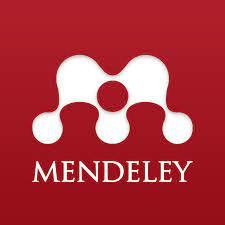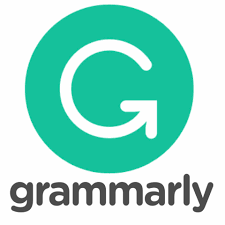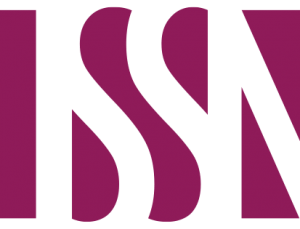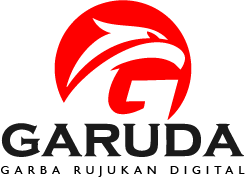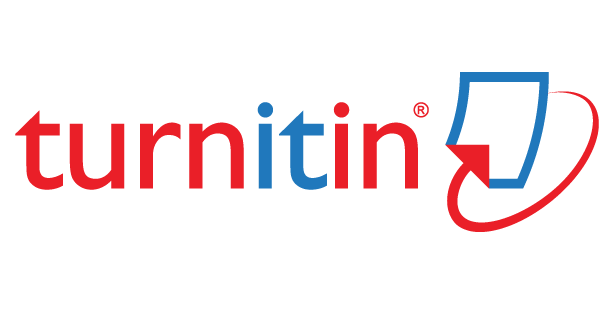Unit Optimalization Using the QM App for Windows on Perumahan Bukit Aradiar Permai Balikpapan
Abstract
Abstract
Housing demand continues to increase along with the increase in economic activity and the number of residents in the city of Balikpapan according to the 2017 Central Statistics Agency as many as 636,012 people to 645,727 people. The increase in housing demand is driven by the community's perspective that home ownership must be met while housing availability is limited. Based on the Balikpapan City Government in the 2012 Regional Spatial Plan, the plan to develop a spatial pattern of cultivation areas is more directed towards the north and east parts of the city so that population growth and development are not concentrated in the city center. This is a challenge for housing providers to meet the needs of long-lived communities and migrant communities by building housing located in the East of Balikpapan City as a place to live. The increase in land prices is so high in Balikpapan due to the movement of the capital from Jakarta to East Kalimantan, making housing prices also higher. The limited land owned by the housing developer must be utilized as well as possible for the construction of housing units, construction of facilities, and the existence of green space in the housing according to government regulations related to Balikpapan City RTRW. Land owned by housing developers that vary in shape is extremely limited with the type of house being built also varies and the price of the unit offered is different for each unit. For this reason, the developer must be able to optimize the production of the type of house that will be built based on government regulations and the National Spatial Plan, optimizing the land to get the optimum profit. This optimization uses the assistive application of QM for Windows and obtained 98 units for type 40/120 and type 45/120 for 102 units with optimum profit yielding Rp 104,292,098,201 for the BEP method.
Keywords: Optimization; QM For Windows; Unit.
Full Text:
PDFReferences
Badan Pusat statistik Balikpapan (2018) ‘Proyeksi Penduduk Kota Balikpapan Menurut Kecamatan Tahun 2010-2018’, Balikpapan, Indonesia.
Edi (2016) ‘Harga Rumah di Balikpapan Cenderung Datar Di Akhir 2016’, bisnis.com. Available at: https://kalimantan.bisnis.com/.
Hanani, N. (2009) ‘Metode Kuantitatif QM For Windows’.
Panggabean, D., Djalal, M. and Santosa (2014) ‘Pada Pengolahan Rendang Di Perusahaan,’ Jurnal Optimasi Sistem Industri, hal. 427–453.
Prijowuntato, (2016). ‘Evaluasi Pembelajaran’. Universitas Sanata Dharma: Yogyakarta
Purwantini, Ririn. (2015). ‘Optimasi Jumlah Unit Rumah Setiap Tipe Pada Proyek Perumahan Green Menganti Regency’. Institut Teknologi Sepuluh Nopember: Surabaya.
Putri, J. N., Yunus, A. and Muawwal, A. (2019) ‘Jurnal Ilmu Komputer Kharisma Tech’, hal. 1–11
Sudarsana (2009), ‘Optimalisasi Jumlah Tipe Rumah yang akan Dibangun dengan Metode Simpleks pada Proyek Pengembangan Perumahan’, Universitas Udayana: Denpasar
Winarsih, A. (2011) ‘Optimalisasi Biaya Produksi Pada Cv Jatikarya Embroidery Semarang Dan Simulasinya Dalam Program Solver’. Universitas Negeri Semarang
Warsika, Putu Darma. (2016). ‘Perencanaan Komposisi Site Plan Tipe Rumah ada Pembangunan Perumahan Puri Cempaka Mas Dalung’. Universitas Udayana: Bali
DOI: https://doi.org/10.31284/j.jasmet.2021.v2i2.2180
Refbacks
- There are currently no refbacks.
Copyright (c) 2021 Naila Anisa

This work is licensed under a Creative Commons Attribution-ShareAlike 4.0 International License.
Mailing Address: Journal of Applied Sciences, Management and Engineering Technology - ITATS Institut Teknologi Adhi Tama Surabaya Jl. Arief Rahman Hakim No.100, Surabaya 60117 email: [email protected] Website : https://ejurnal.itats.ac.id/jasmet/index

This work is licensed under a Creative Commons Attribution-ShareAlike 4.0 International License.

